

Forestry is an important sector in Ireland, with over 11% of the country covered in forests. However, managing these forests can be a complex task, and it requires accurate and up-to-date information to make informed decisions. That's where Engineers with Drones comes in. Our drone forestry mapping services provide a fast, efficient, and cost-effective solution to gather the data required for forestry management.
Our drones are equipped with the latest technology, including high-resolution multispectral cameras, LiDAR sensors, and precision RTK GPS. This allows us to gather a wide range of data, including 3D maps, tree heights, tree counts, tree species and canopy cover. This data can be used for a variety of purposes, including monitoring forest health, identifying areas of high-risk, and creating detailed forestry management plans.
As licensed engineers, we also provide the expertise, understanding, and knowledge necessary to carry out a thorough inspection, with deliverables to match. Our skilled engineers are at the ready.
The Irish Aviation Authority has awarded Engineers with Drones full approval in accordance with the most recent European-wide EASA regulations.
To ensure that you always get the best possible service and cutting-edge deliverables, we purchase the most up-to-date drone technology as soon as it's available.
The operation of Engineers With Drones is governed by a comprehensive HSSE system. Our guiding principles are to reduce risk through rigorous assessment, and to maintain a high level of staff education and training.
We have 6.5 million in public and product liability insurance, and 13 million in employers' liability insurance. Engineers with Drones are fully insured to fly wherever you need.
As we're situated in Ireland, we can respond to your needs quickly, with zero travel complications.
As seasoned engineers in the field, we are aware of the trouble that shoddy reports and deliverables can create. For this reason, we provide you with exactly what you require.
Thanks to our fast turnaround times, your entire project can be completed in a fraction of the time of traditional methods, without any compromise in the quality of your deliverables.
In addition to quadrupling the resolution of an HD camera, 4K also gives you quicker frame rates, incredible contrast variations, and expanded colours. VR video takes the level of immersion and clarity to the next level.








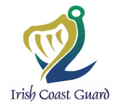










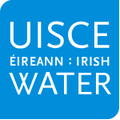

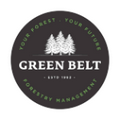





















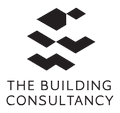































































































































The safety of your personnel and our own is paramount, and we place it at the forefront of our company culture. Ask us about our HSSE systems and practices.
Drone inspections take up less of your manhours and resources than traditional inspections, giving you a faster and more budget-friendly return on your investment.
We use cutting-edge technologies to detect problems that would otherwise be invisible. These include ultra-HD photography/video, LIDAR and thermal imaging.
Drones capture high-quality, impartial information that gives you an exact assessment of the status and needs of your asset.
Thermal IR technology and ultra HD allow our engineers to get a view that is not available to the naked eye. From a safe distance, we can find defects and insights that are only visible with a drone.
We understand that you need answers fast. We can deliver a plain-English report with clear-cut conclusions in days. Then, you can take the steps you need to and get back to doing what you do best.
Need us there in a hurry? No problem. Let us know what you need, and we can be there on the same day. After all, sometimes the problem just won't wait.
Sometimes the brief can change even in real-time. If need be, you can be stood there right next to the drone operator, directing them as the situation develops.
We help to facilitate forest planning. It's important to get an overview of the land first, as long-term crops need access for years after planting. Efficient land use can facilitate access at all stages of a forest's lifecycle.
Dense forests cause visibility issues. Aerial views of forests provide a better perspective and a clearer view of the area. Planning access roads and walkways is easy when you no longer have to physically navigate the area.
Aerial images of trees show differences in health and density. Problems that aren't visible from a human perspective become apparent when you're above the tree line. After storms and damaging events, drone photography reveals damage that can be quickly repaired.
Multispectral imaging gives insights into the health of individual trees and the forest as a whole. By finding areas that need fertilising, you can focus your efforts where they're needed.
Drones detect disease and pests earlier than the human eye. They can intervene before the problem is so bad that it becomes visible, saving trees at risk of failing.
Using drone LiDAR technology for mapping and analysing forestry is an innovative and efficient approach. LiDAR sensors on drones can capture precise and detailed data of the forest canopy and terrain, which is essential for forest management and planning. The LiDAR data can provide insights into the forest's height, density, and structure, allowing forestry professionals to assess the forest's health and identify areas that require attention.
Moreover, drone LiDAR can facilitate the identification of areas that have suffered from deforestation or other disturbances, enabling efficient restoration and conservation efforts. The use of drone LiDAR technology for forestry mapping and analysis can provide accurate and valuable information to decision-makers, resulting in better-informed decisions and more effective forest management. Here are some common applications of drone LiDAR in forestry:
Drone LiDAR can be used to rapidly and accurately inventory forests, providing detailed information on tree height, canopy density, and tree structure. This information can be used to assess forest health, monitor changes over time, and plan for sustainable forestry practices.
One of the primary benefits of drone LiDAR in forestry is its ability to accurately measure tree height, even in dense forested areas. This information can be used to estimate biomass, predict timber volume, and assess the potential for wind damage or other hazards.
Drone LiDAR can generate detailed maps of canopy density, which can be used to identify areas of high tree cover or areas where thinning or other forestry practices may be necessary.
Drone LiDAR can be used to identify areas of forest that may be experiencing stress or disease, by detecting changes in tree height or canopy density. This information can be used to develop targeted intervention strategies and manage forest health.
Drone LiDAR can be used to estimate carbon sequestration potential in forests, by measuring tree height, canopy density, and biomass. This information can be used to support carbon credit trading and other conservation initiatives.
Drone multispectral cameras are revolutionizing the way we map and analyze forestry. By using sensors that can detect light beyond the visible spectrum, these cameras capture detailed information about the health and growth of trees, allowing us to better understand and manage forest ecosystems.
Multispectral imaging can identify different types of vegetation, as well as areas of stress or damage caused by pests, diseases, or environmental factors. This information can be used to create high-resolution maps, monitor changes over time, and make informed decisions about forest management practices. With the ability to cover large areas quickly and safely, drones equipped with multispectral cameras are a valuable tool for forestry professionals seeking to optimize the health and productivity of our forests. Drone multispectral imagery can be used in forestry for a variety of purposes, including:
Drone multispectral imagery can be used to create high-resolution maps of forests that provide information on tree height, crown diameter, stem density, and species composition. This information can help forestry managers make better decisions about forest management and planning.
Multispectral imagery can be used to detect early signs of forest pests and diseases, such as bark beetles or fungi. This can help prevent the spread of these problems, and enable targeted treatment before a large scale damage occurs.
Multispectral imagery can be used to assess the overall health of a forest by providing data on the health of individual trees, such as their chlorophyll content or leaf area. By analyzing this data, forestry managers can identify areas of the forest that may need attention, such as those experiencing stress due to drought or other environmental factors.
Drone multispectral imagery can be used to estimate the volume of timber in a forest, which is important for planning and monitoring harvests. This can help forestry managers make better decisions about when and where to harvest, and ensure that the forest remains healthy and sustainable.
We purchase the latest drones as they come on the market to ensure you are getting the highest quality service from us at all times. Here is a quick look at what we would be most likely to use for a typical drone forestry mapping.

The M300 RTK by DJI is the premier enterprise-level inspection drone on the market. With a flight time of up to 55 minutes, lots of built-in redundancy, and a host of payloads to choose from, this is our go-to UAV for inspection work. When coupled with the Zenmuse H20T camera, it is capable of safely inspecting high-value assets at a stand-off range.

LiDAR for everyone. The DJI Zenmuse L1 LIDAR payload features an integrated Livox LiDAR module and a 20mp camera. This combination makes for an excellent all-round package. Covering up to 2km² in a single flight, the L1 carries a highly efficient payload.

This is a very special tool in our bag, as it comes with a newly upgraded imaging system with one 20MP RGB camera + four 5MP multispectral cameras (green, red, red edge, and near-infrared). Enables us to deploy it in high-precision aerial surveying, crop growth monitoring, and natural resource surveys.

The DJI D-RTK 2 mobile base station helps make accuracy easy. This GNSS receiver supports GPS, GLONASS, Beidou, and GALILEO signals, allowing for centimetre-level positioning. The integrated IMUs monitor movements and calibrate tilt sensors to minimize risks.
Our drones (and our people) can offer a lot more than just HD images. Our team all come from specialist engineering backgrounds, and they use all the very latest drone technologies and capabilities to deliver expert analysis on all types of commercial, civil and industrial assets. If you need an engineer's expertise, next-generation drone technology and industry-leading deliverables, then you've come to the right place.
Record incredibly detailed elevation data to aid in ultra-precise measurements and calculations.
Find out moreSee the condition and health of crops and vegetation with multispectral imagery.
Find out moreCapture high-quality imagery of your assets from never before seen vantage points.
Find out moreMap the features and topography of your land/space efficiently using drone technology.
Find out moreWe take emails, phone calls, messages, everything! If you are unsure of what's possible we are happy to advise, the most important thing is to get in touch. We'll be happy to answer any questions you may have.
With drones, it's best to begin where you want to end up. What sort of deliverable would you like when it's all finished? If you are not sure then we can advise. We can look at what you would like and work backwards from there.
Once we have agreed on what is to be done, the scope of work is set and a price is agreed upon. We feel it is vital that everyone knows what they are getting and what they are paying for it. There should be no confusion.
Once we have confirmation you are happy to proceed, we start the ball rolling. We organise things like RAMS, site permits, Air Traffic Control clearance and much more. Basically, we generate everything needed to turn up on-site with all our ducks in a row.
Next, we do the work on site. We have the gear, we have the know-how, so now it's time to get the job done. This can sometimes be affected by the weather, but for the most part, we get the job done on the date specified.
This is where we take what we generated in the field and turn it into a final deliverable for you. This can be anything from the raw data itself, to fully processed Orthophotos, condition reports, CAD line work or thermal imagery.
The final step is the handover of the deliverables. We tend to use a cloud-based service, so you can access your data anywhere. We can also tie into your existing systems if that is more convenient.
Read more...
Read more...
Read more...
Read more...
Read more...
Read more...
Read more...

Safer, more precise data collection at a fraction of the cost
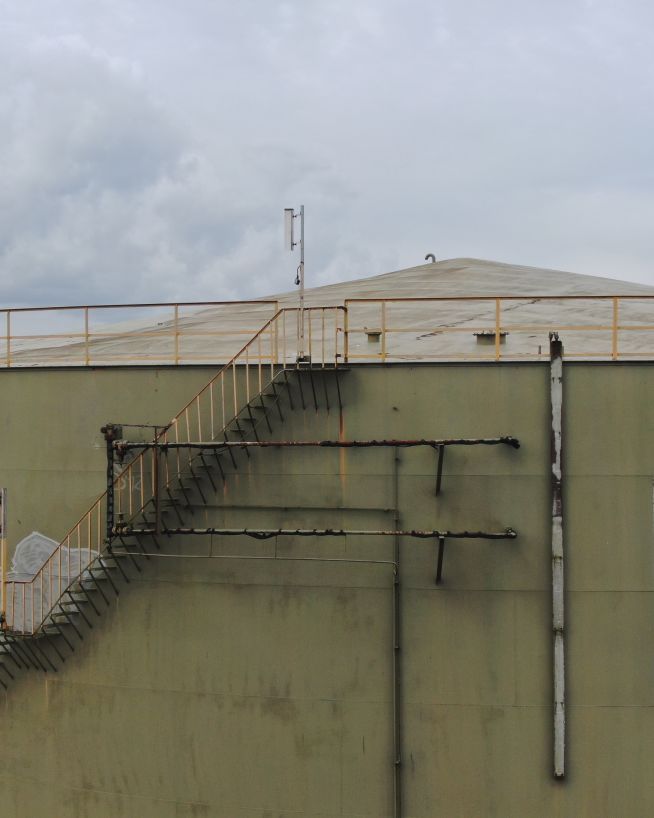
Get fast, usable data from a safe distance
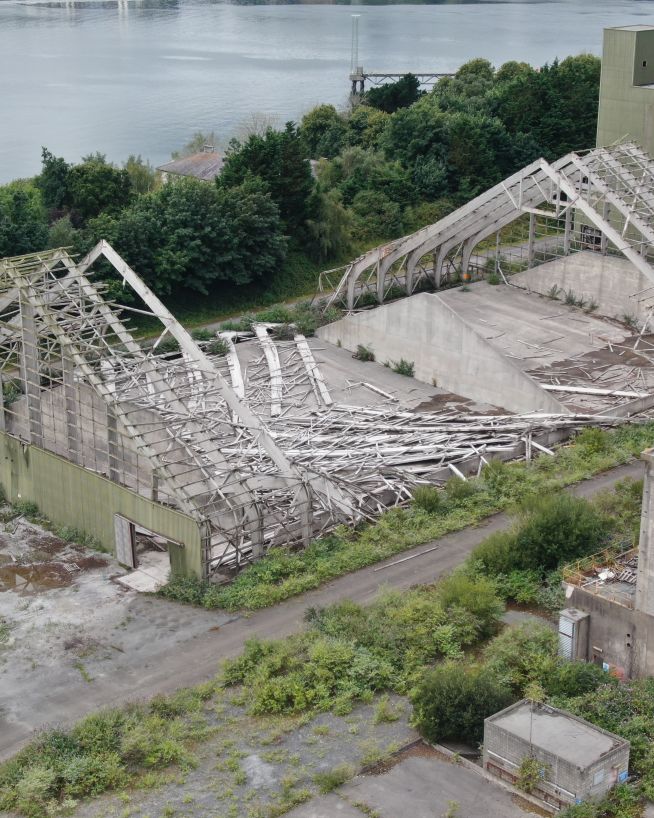
Assess damage quickly and with pinpoint accuracy
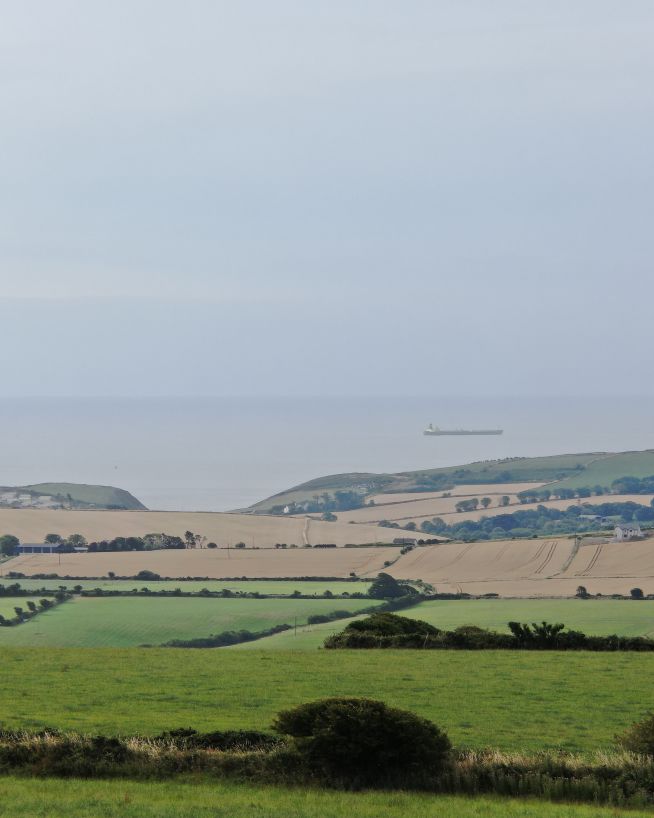
Faster, cheaper and more accurate analysis of land
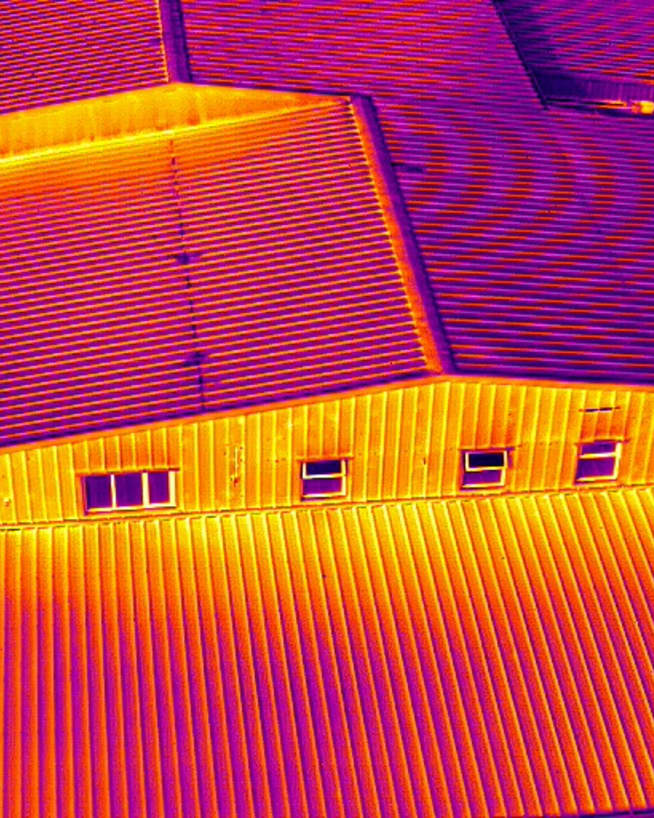
Record and document reliable visuals without safety concerns
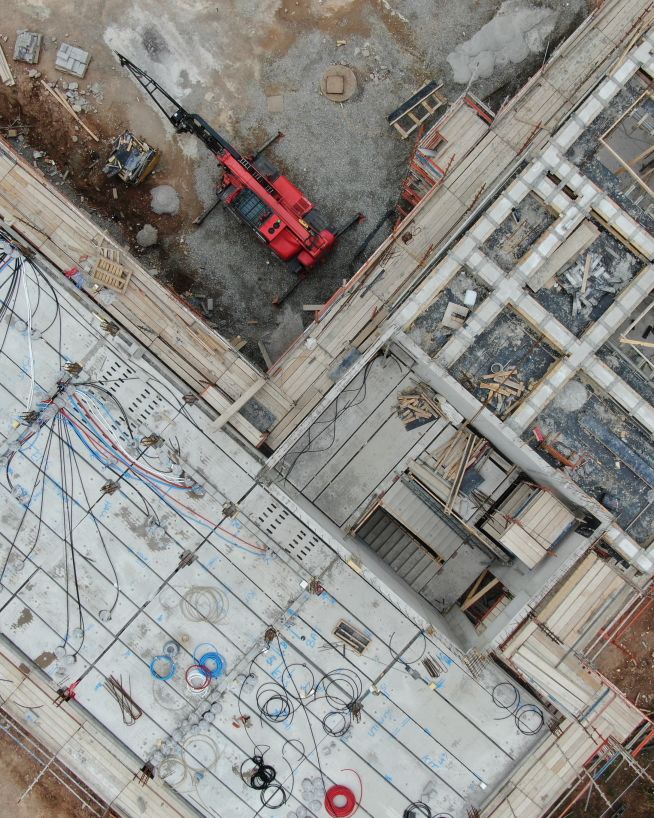
Instant, actionable data with no downtime

Endless perspectives, without manned aircrafts or structures

Accurate, safe and instantly actionable data collection
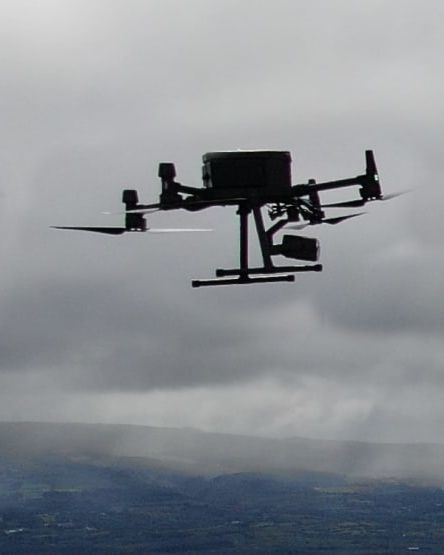
A more cost- and time-effective way to receive critical data
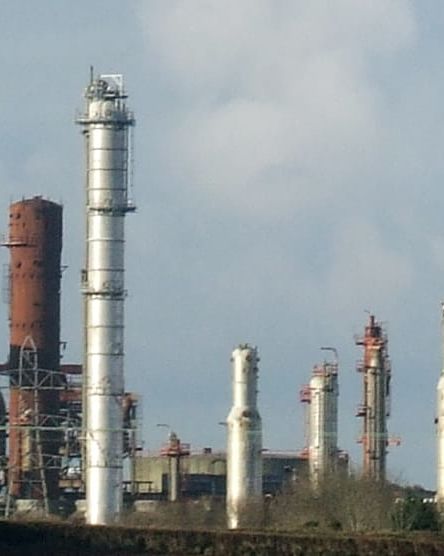
Actionable data from a safe distance, with less downtime
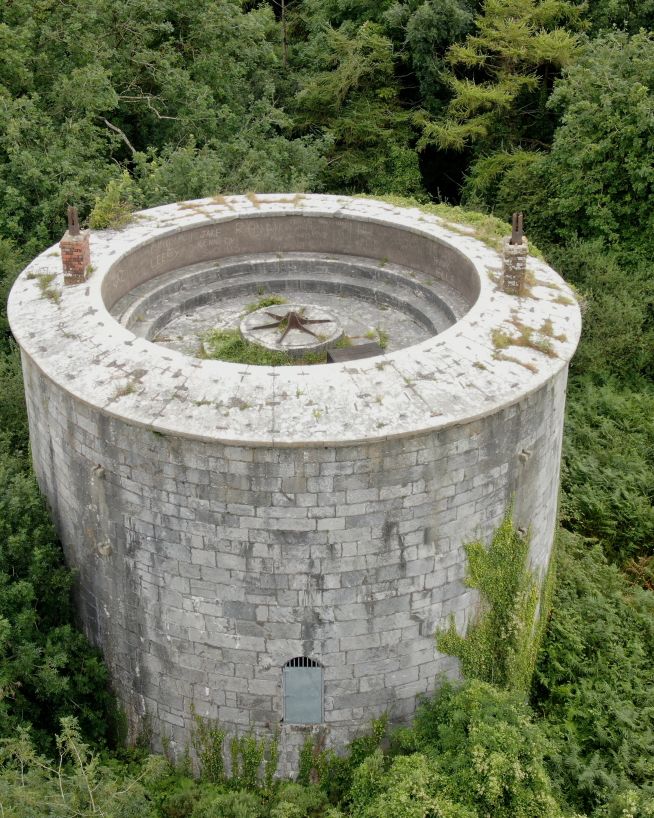
Analyse historical buildings without risk to people or property
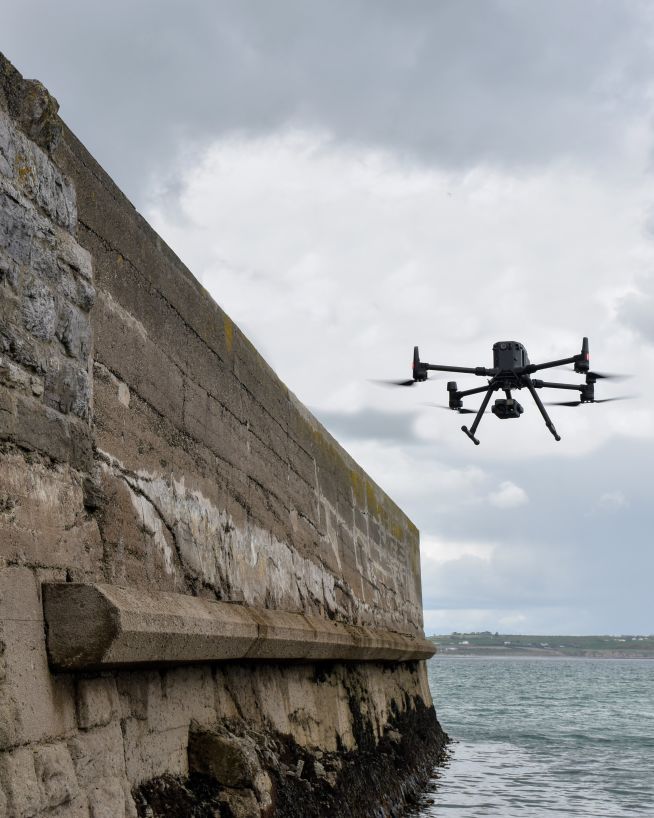
Monitor coastal assets safely and with more precision
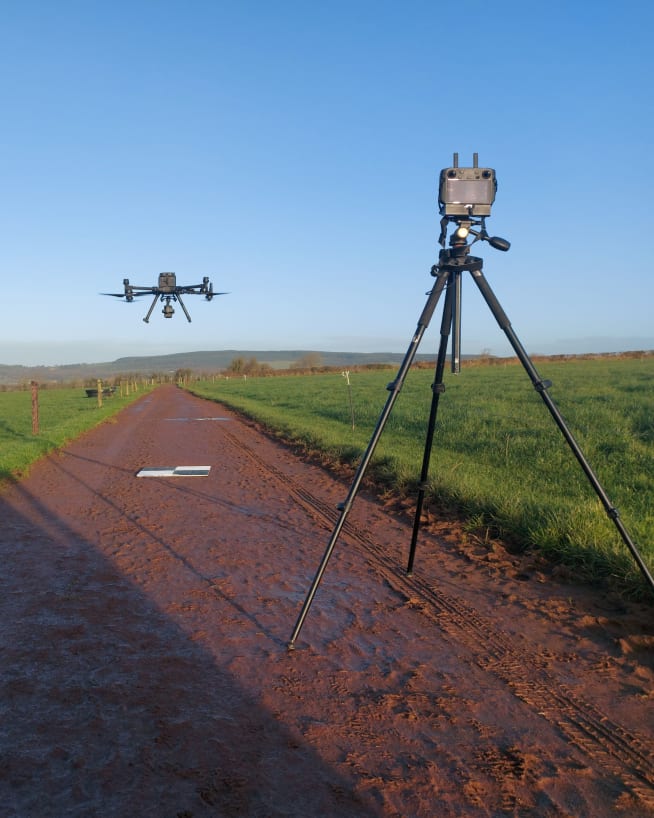
Accurate and efficient analysis of crops and land
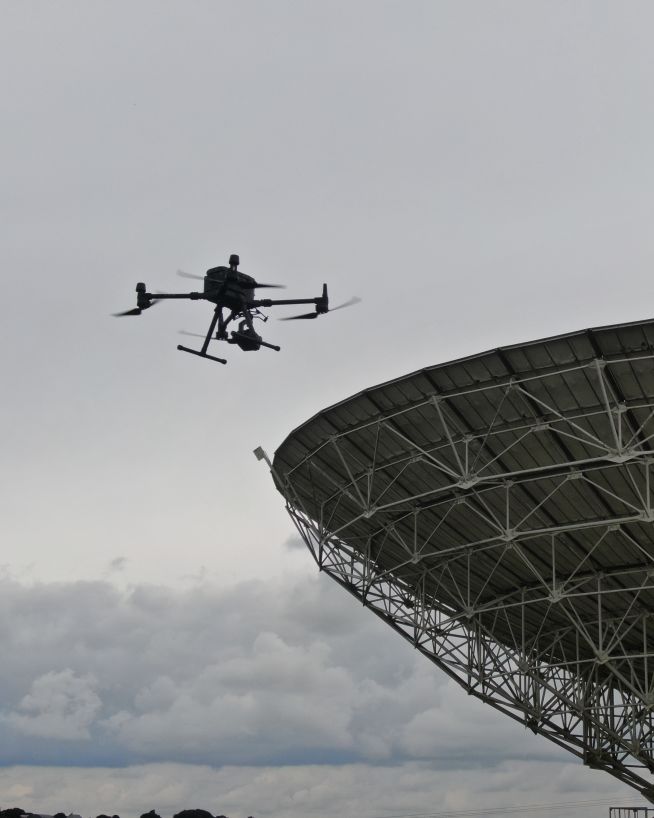
Get critical data on cell and telecommunication infrastructure
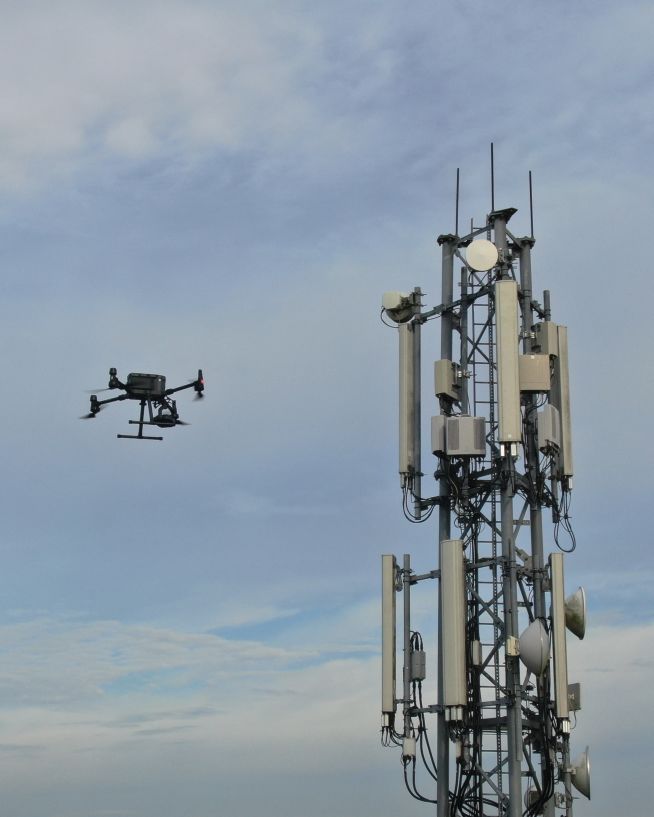
Reduced risk, damage to towers and delays
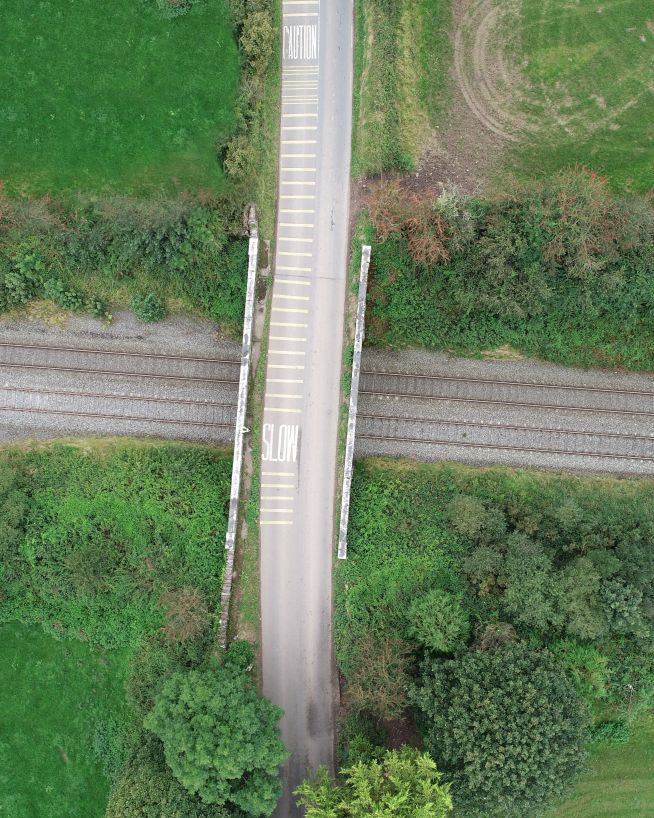
Eliminates downtime and safety concerns, at a fraction of the cost
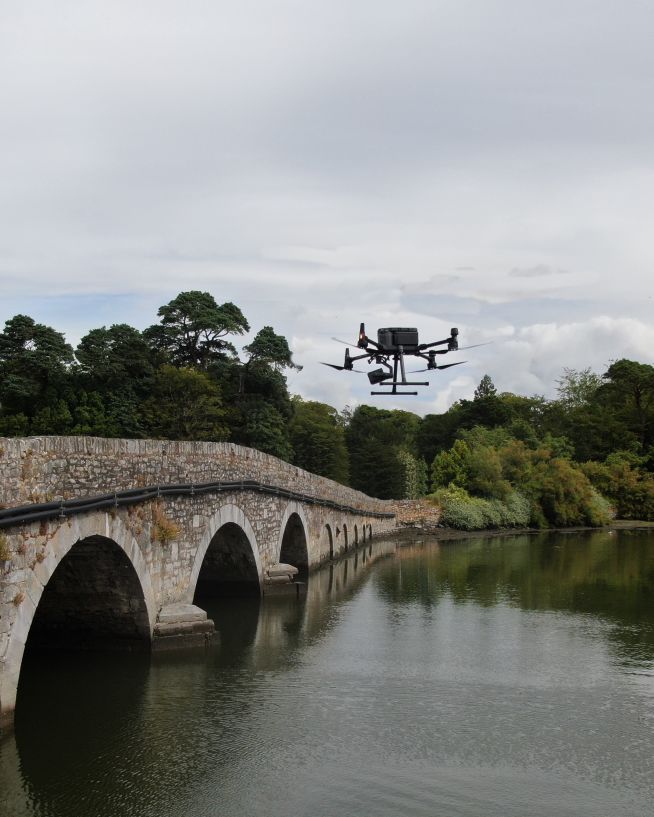
Safer, more cost-efficient, with less downtime
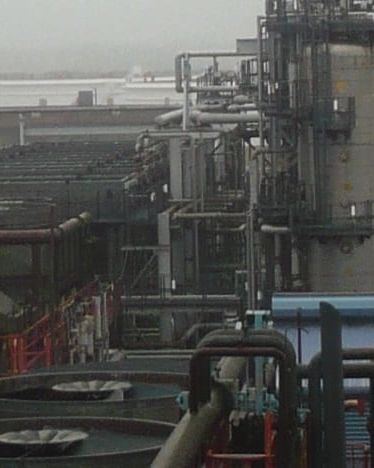
Keep production running while collecting instant critical data
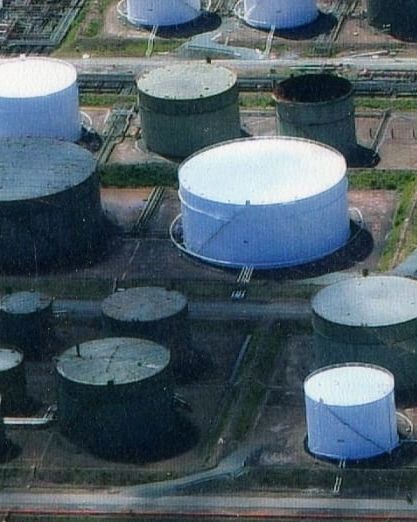
Safer and more cost-efficient flare (oil and gas) inspections
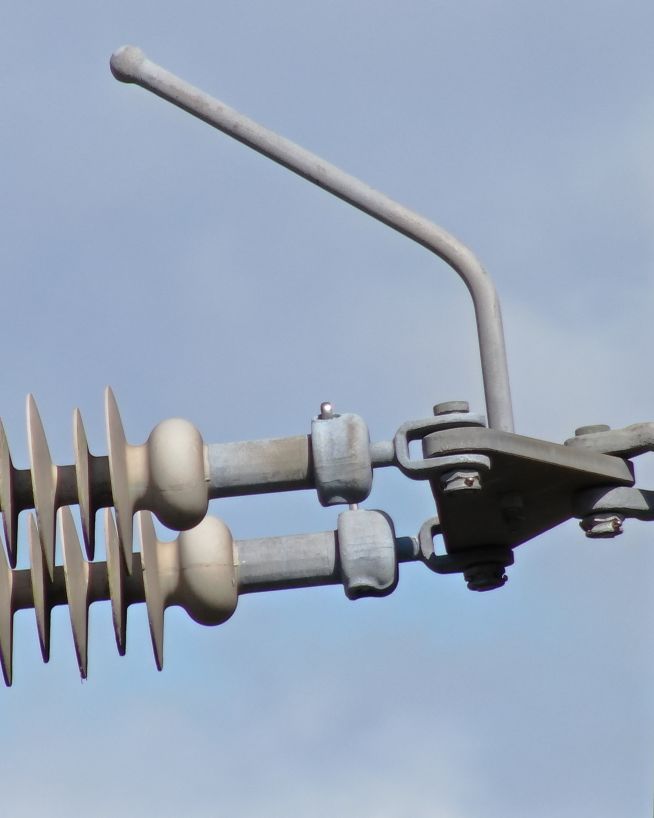
Instantly usable data via a safer and more cost-effective process
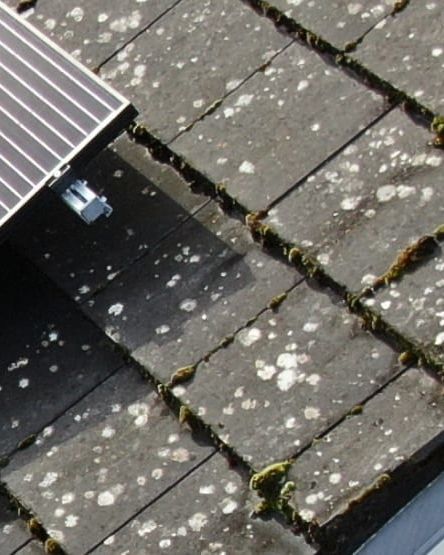
Ensure solar panel efficiency from precise data collection
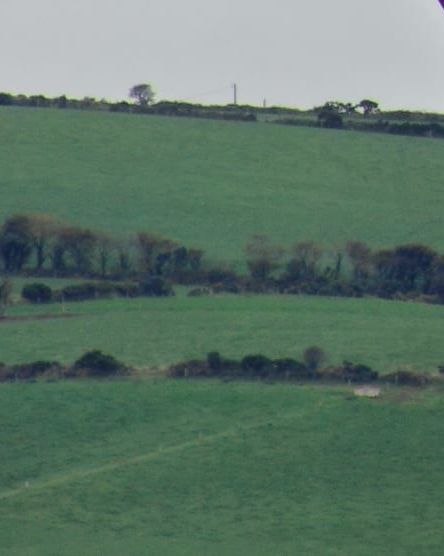
Critical, pinpoint details with none of the risk
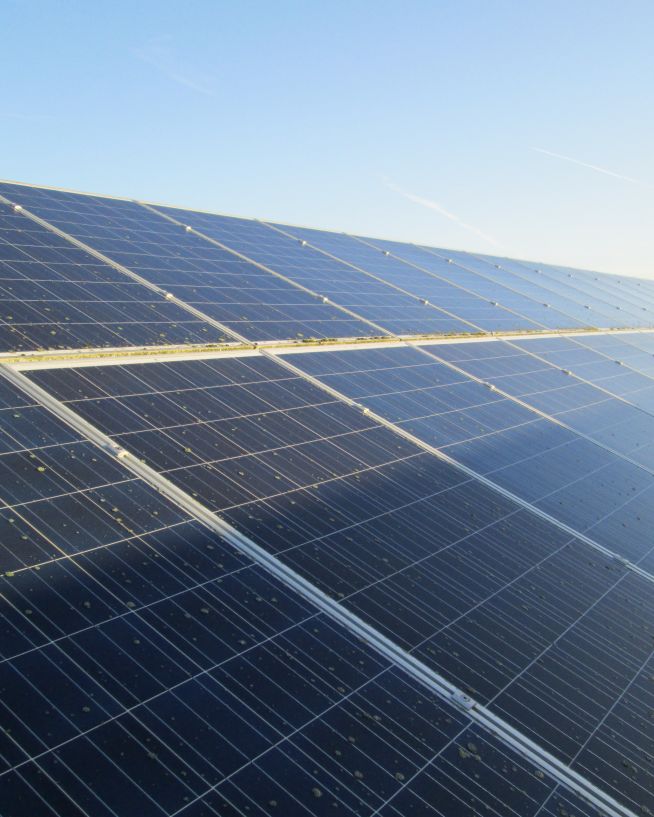
Get actionable data on quality and operational health
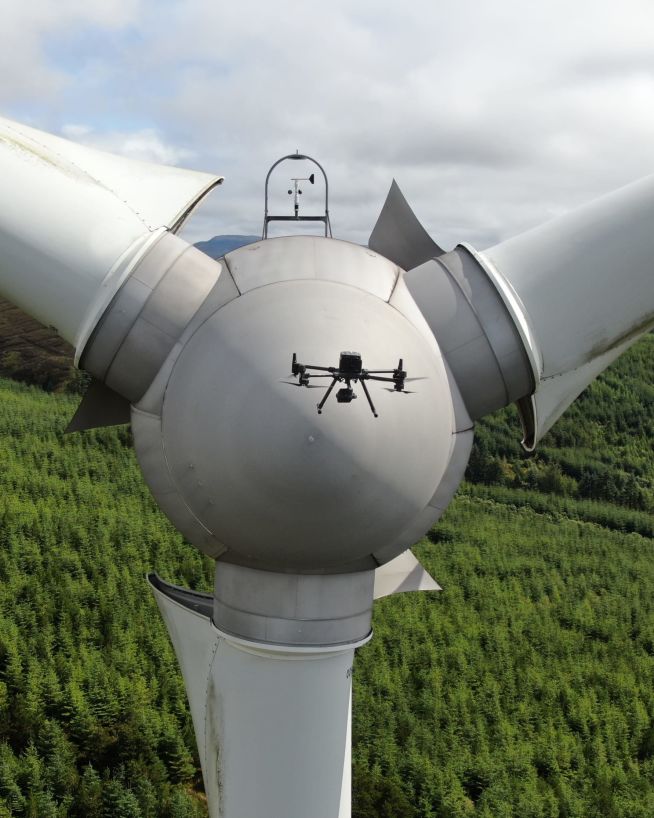
Inspect and maintain energy assets without risk or downtime
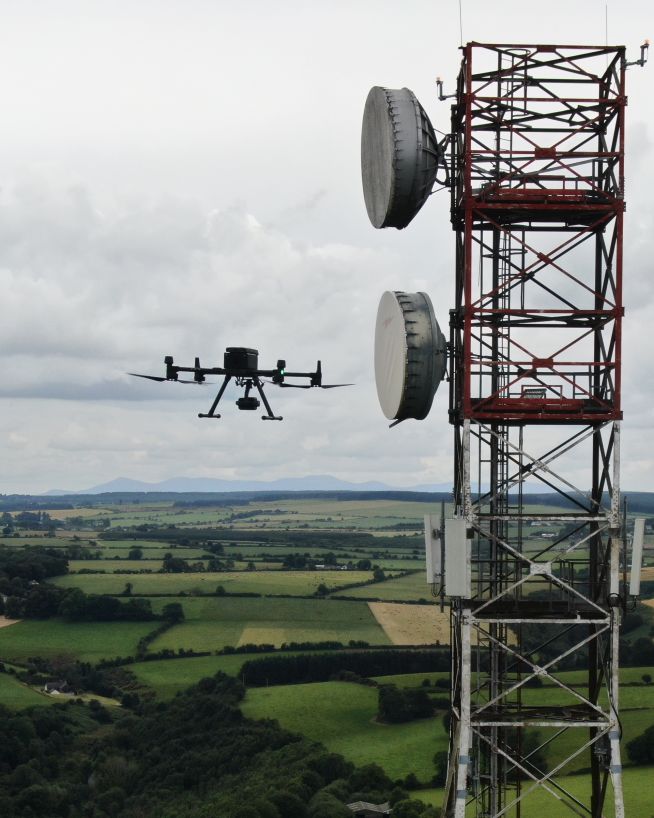
Instantly view complex structures, keeping risks to a minimum
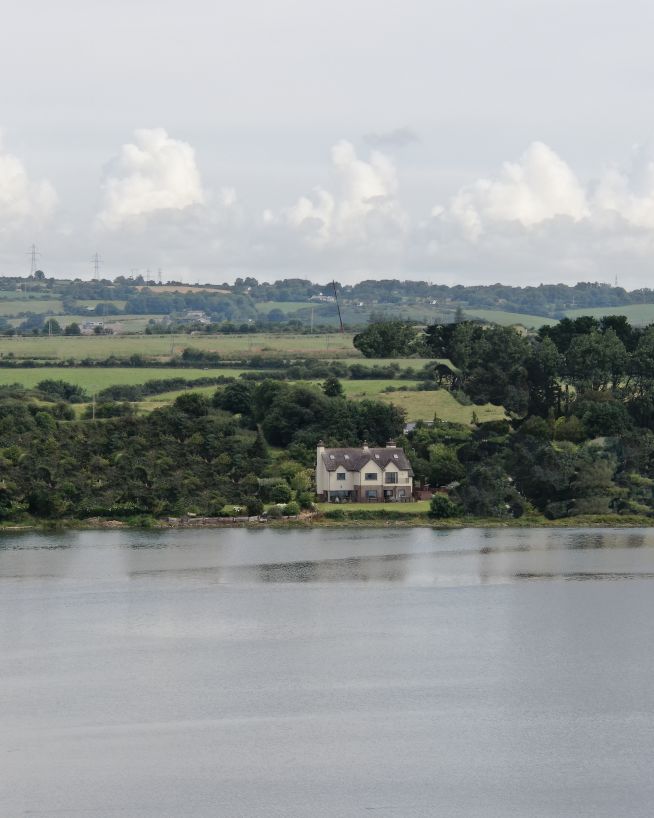
Add "Wow Factor" to residential and commercial property listings
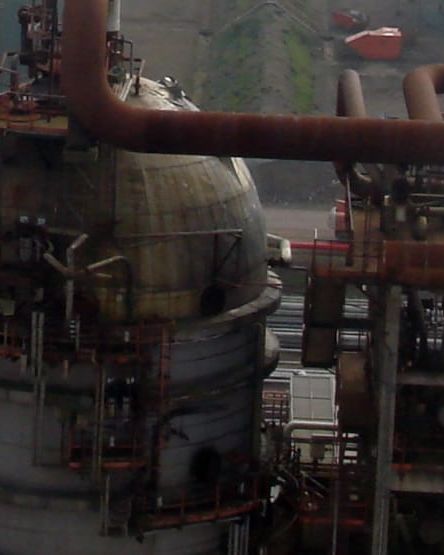
Fast, actionable data without the risks of traditional inspections
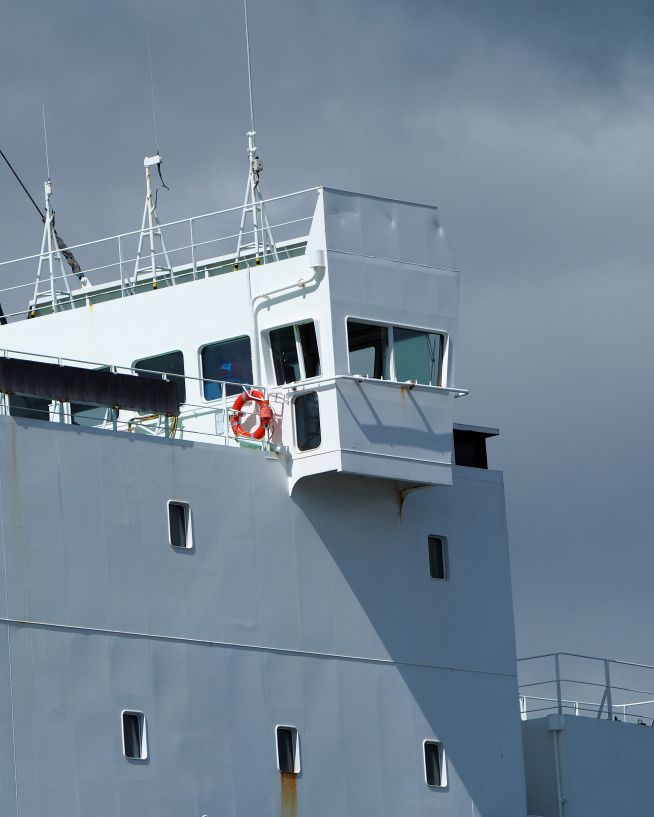
Safe, precise and instant reports on vessels and infrastructure
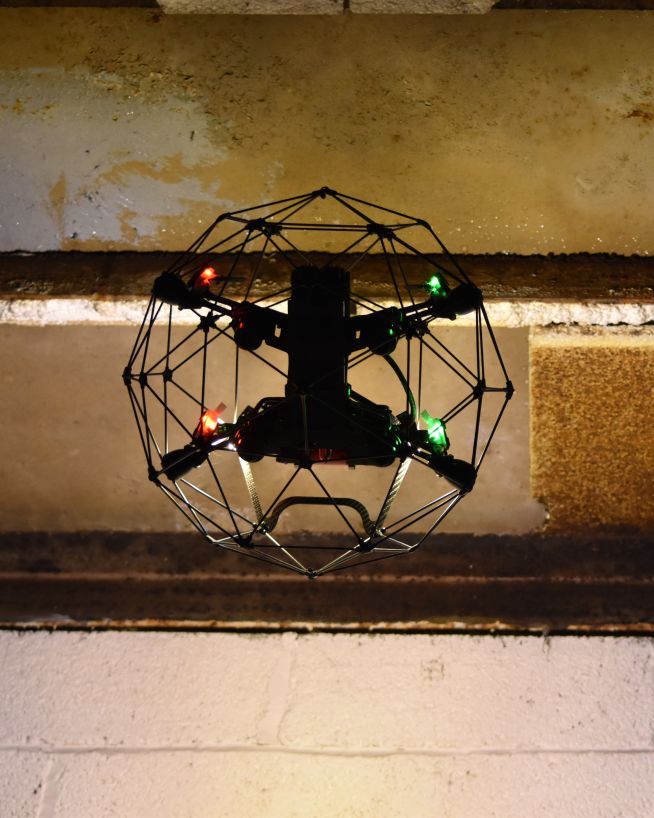
Eliminate safety concerns, save costs and reduce downtime
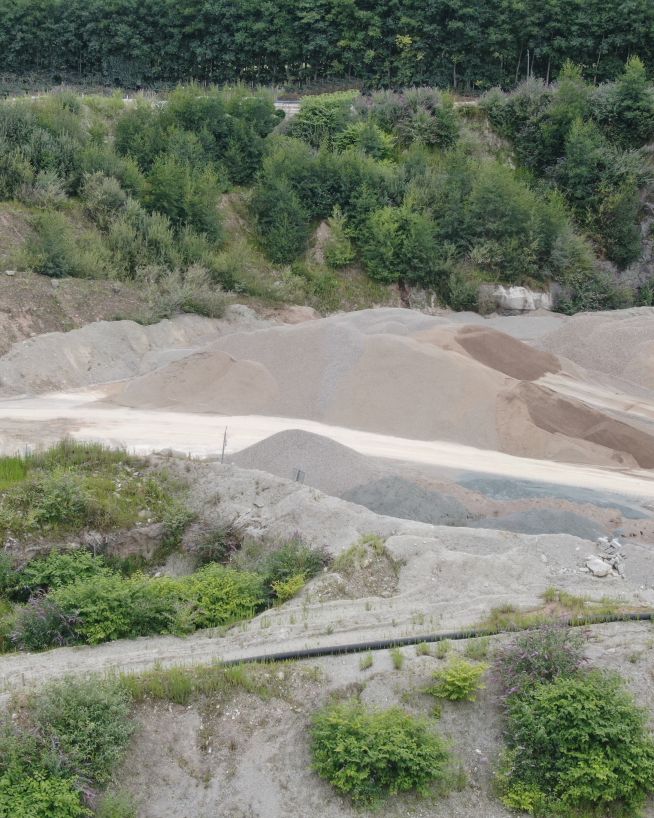
Monitor status and progress without downtime
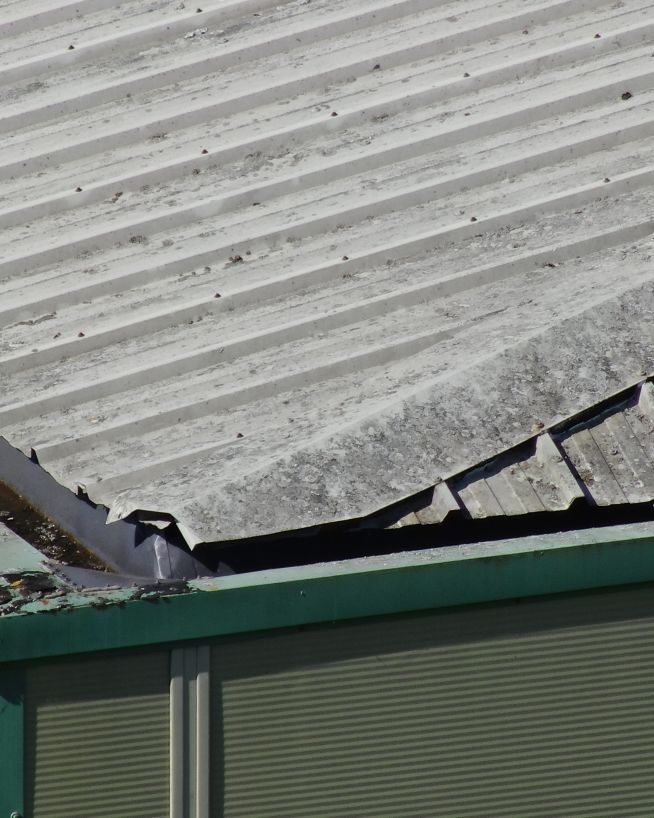
Clearer, faster results without the risks
Lidar drone mapping is the use of drones equipped with Light Detection and Ranging (Lidar) technology to create high-resolution 3D maps of terrain, buildings, and other objects. The drone emits laser beams that bounce off objects and return to the drone's sensors, creating a detailed point cloud of the object or terrain. The resulting data can be used in a variety of applications, including urban planning, construction, and environmental monitoring. Lidar drone mapping is faster and more accurate than traditional surveying methods and can cover a larger area with greater detail in less time, making it an increasingly popular tool for mapping and surveying professionals. More about LIDAR...
Drone-based thermal imaging is a technology that utilizes unmanned aerial vehicles (UAVs) equipped with thermal cameras to capture high-resolution thermal images of various objects or areas. This technology allows for the detection and measurement of temperature variations in a scene, enabling the identification of heat signatures of objects and their surroundings.
Drone-based thermal imaging can be used in a variety of applications, including search and rescue operations, inspection of power lines, pipelines, and other infrastructure, monitoring of wildlife, and identifying energy inefficiencies in buildings. The technology can detect temperature differences as small as 0.1°C, making it a valuable tool for detecting hotspots and identifying potential hazards.
In operation, the drone is flown over the area of interest, capturing thermal images of the scene. The images are then processed using specialized software that converts the temperature data into visible images that can be analyzed and interpreted. The resulting images can show temperature variations in a range of colors, with red and yellow indicating hot spots, and blue and green indicating cooler areas.
Overall, drone-based thermal imaging is a powerful technology that provides accurate, non-invasive, and efficient data for various applications. Its ability to provide high-resolution thermal imagery from a safe distance makes it a valuable tool for numerous industries and professionals. More about thermal imaging...
UHD or Ultra High Definition signifies that a camera's resolution is 3840x2160 pixels. This is exactly four time higher than high definition cameras (1920x1080 pixels), and so UHD is often also know as 4K. More about drone photography...